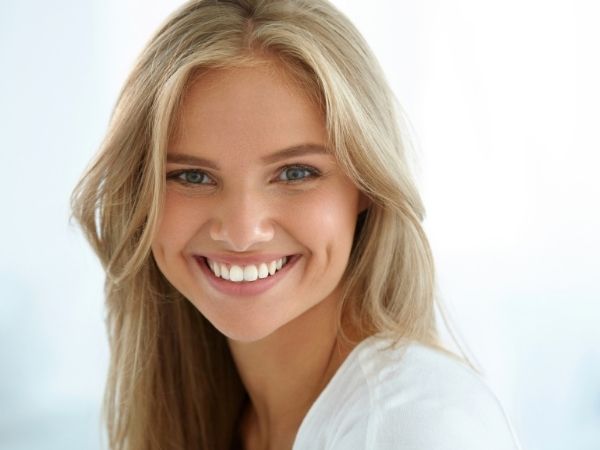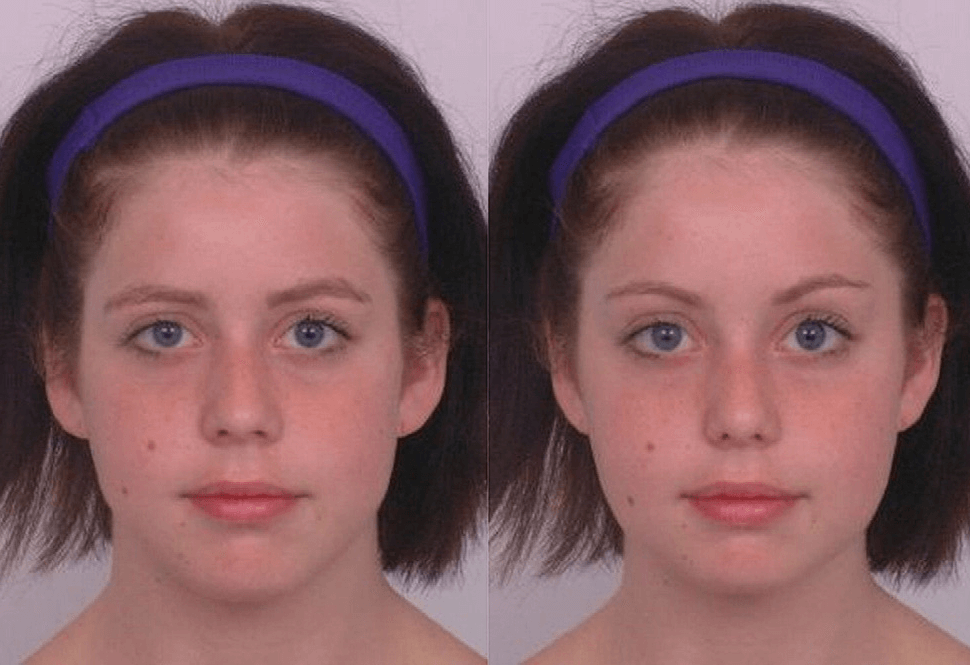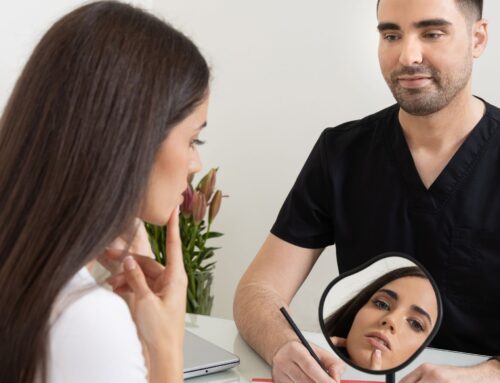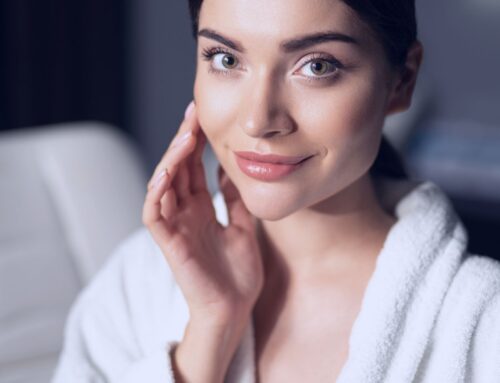The well-known expression – ” Beauty is in the eye of the beholder ” refers to the subjective experience of beauty and highlights the impossibility of defining it. But is it really so?
Human face has always been a source of great interest. The face is what represents a person, what defines them and makes them unique. Unlike other parts of the body, the face also expresses one’s personality, giving us indications of one’s psychological, emotional and health condition.
The face is simply put, a window into one’s inner world. Therefore, it should not be surprising that since the dawn of human civilization, so much importance has been attached to the face and its characteristics. Through the process of evolution, man has developed the ability to “read” information from a person’s face.
The magazines we read and the content we watch on television or on the Internet are full of human faces. And not just any faces, but generally attractive and likable faces that attract the attention of viewers. It is undeniable that physical appearance and appearance are important and that there are certain facial features that are attractive to most people regardless of culture and climate.
Physical attractiveness has important social consequences. Certain studies have shown that more attractive people have more chances to find an emotional partner, meet new people or even get a job compared to less attractive people. However, the question arises as to what defines beauty – what is it that makes one’s face beautiful and attractive?

Beauty is in the eye of the beholder?
Today, the prevailing opinion is that notions of beauty are gradually learned and accepted through exposure to socially acceptable ideals of beauty. This idea also influenced the creation of another, which is that different cultures have different ideas about beauty and that these differences are very pronounced. In other words, what is accepted as beautiful today in another time or place may be viewed as extremely repulsive.
Although individual and cultural differences exist, the perception of beauty as something subjective or something created due to cultural influence is not entirely accurate. Many studies conducted from the 1970s to the present day have shown that there is a very high degree of agreement in the perception of a beautiful face between individuals belonging to both the same and different cultures. This means that individuals from very different cultural and life contexts agree on what is and is not an attractive face and that they do so based on some criteria that they all have in common. Therefore, the existence of cross-cultural agreements about the beauty of the face casts doubt on the theory that beauty rests exclusively on the cultural patterns adopted by the members of that particular culture and that it respects something universally what makes a person attractive or repulsive.
We can now ask another question – what is the function of beauty and does beauty have its purpose in the context of evolution? Evolutionary theories say that the choices we make are based on the human drive to prolong the species, and that the perception of beauty is a guide along the way. Essentially, those people who represent the best genetic material for the extension of the species are attractive.
There are several facial features that suggest a good biological quality of an individual and that increase that person’s attractiveness in the eyes of others.
Those are:
- symmetry,
- Secondary sexual characteristics,
- Healthy looking skin,
- Facial features related to character traits, averageness and more.
Symmetry and asymmetry of the face
To what extent facial symmetry is crucial to attractiveness, beauty and an indicator of one’s genetic quality is a topic that goes beyond the scope of this text and opinions are still divided. Earlier research showed subjects processed photographs of two duplicated halves of the face divided along the longitudinal axis, which made the face appear in an artificial way and lost its natural proportions. The conclusions of those studies favored asymmetrical faces over symmetrical ones.
However, recent research in which sophisticated methods of symmetry manipulation were used, while taking care to preserve the natural proportions of the face, have shown that respondents find symmetrical faces more appealing than less symmetrical ones.
In the photo below, we can see the difference between an asymmetrical face and a face where the symmetry has been enhanced by image processing software, while the natural proportions of the face have been preserved.

Secondary sexual characteristics
The characteristics of maturity in an adult show the process of masculinization and feminization of secondary sex characteristics that take place during puberty. These differences in facial shape are partly due to the effects of hormones such as testosterone.
Stronger jawbones, wider cheekbones as well as flatter cheeks are generally characteristics of a male face. A woman’s face is characterized by a round forehead, a smaller nose, full lips, a narrower jaw, a smaller chin, and the cheeks and cheekbones are more prominent than men’s and contain more fatty deposits.
When it comes to the beauty of the face itself, studies have shown that more feminine female faces are generally more attractive than masculine female faces. In the next photo, you can see computer-processed photos of a female face with distinct male and female facial features.

On the left half of the picture is a female face with masculine features, while on the right side the same face has pronounced feminine features.
When we talk about the beauty of the male face, most research has shown that accentuated and clearly defined jaw lines and a strong jaw in men are attractive to women.
Healthy skin appearance and facial expression

The image on the right shows skin with imperfections – hyperpigmentation, dark circles, enlarged pores.
Another factor that directly affects the attractiveness of the face is a healthy appearance, an even complexion and good skin quality. Most people consciously or unconsciously judge the physical and health condition of that person when they first look at someone’s face.
The facial expressions and grimaces we make also have an effect on how others see us. For example, smiling faces are considered more attractive than neutral or even worse, frowning faces. For men, opinions are divided on what male facial features define an attractive face. Sometimes certain facial features, such as pronounced masculinity can mean that a person’s character is rougher and more aggressive, or yes baby-face represents a gentle and gentle man. But this is certainly not the rule.
However, the fact is that the initial choice of a partner is based on visual criteria and matching what we are looking for in a partner and how we relate one’s appearance to one’s character. For example, a woman looking for a partner with a strong sense of cooperation and dedication to the family will probably not be attracted to someone with very dominant male facial features, because such an appearance simply does not go with the idea of a gentle and caring partner. This is a very common generalization and may not be accurateWhat is true is that people usually make an image of someone’s character based on their appearance and that certain stereotypes are represented.
In the end, we can conclude that beauty is not only a social construct, but it seems that perceptions of attractiveness are deeply woven into our biology.
As a result, we are left with a universal, elusive concept of beauty that combines different values and needs of man as a member of an animal species and man as a member of a sophisticated social context. If you are wondering which of the two aspects of beauty is more dominant, look at the face of the first person you see and ask yourself what you find attractive about them and why.
SOURCES:
Ruffle, Bradley & Shtudiner, Ze’ev. (2011). Are Good-Looking People More Employable?. Management Science. 61. 10.2139/ssrn.1705244.
Thornhill, R., & Gangestad, SW (1999). The scent of symmetry: A human sex pheromone that signals fitness? Evolution and Human Behavior, 20, 175–201.
Little Anthony C., Jones Benedict C. and DeBruine Lisa M. 2011. Facial attractiveness: evolutionary based research.Phil. Trans. R. Soc. B3661638–1659. https://doi.org/10.1098/rstb.2010.0404
Jones, B., L. DeBruine, AC Little, CA Conway, L. Welling and FG Smith. “Ssensation seeking and men’s face preferences.” Evolution and Human Behavior 28 (2007): 439-446.




